10 Funny Royal Coronation Secrets From Wardrobe Malfunctions to Tiffs
From the solemn procession to the grandeur of the ceremony, British Coronations are synonymous with pomp and circumstance. Yet, behind the meticulously planned events, there have been moments of absurdity and hilarity that have caused even the most stoic monarchs and their subjects to crack a smile.
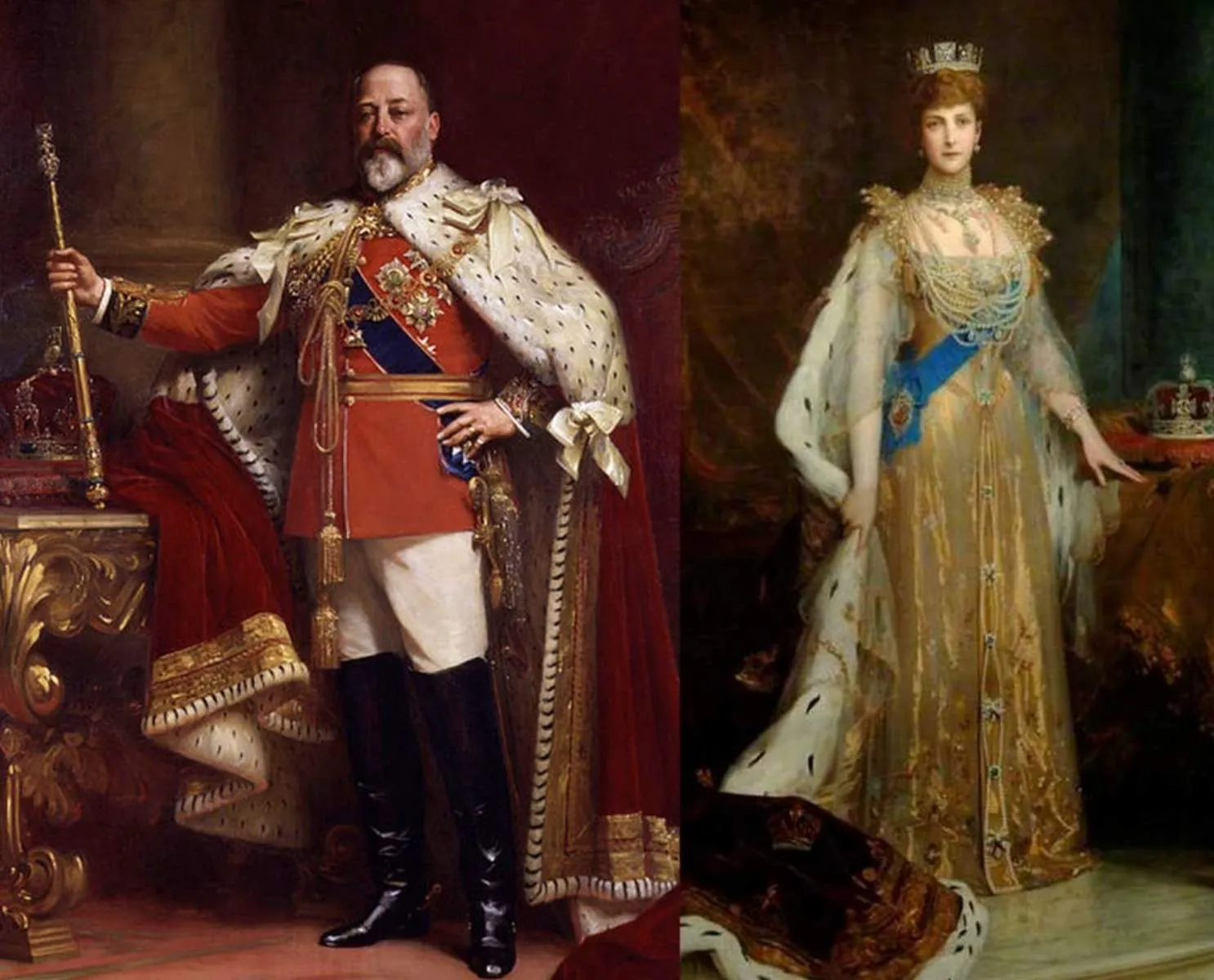
Coronation of Edward VII and Queen Alexandra, 1902
Edward VII’s service was overseen by the elderly Archbishop of Canterbury, Frederick Temple, who refused to delegate his duties so in addition to a crown malfunction - he placed it on the King’s head back to front - the archbishop was unable to rise after kneeling to pay homage. As he was helped up by several bishops, one asked in a whisper how he felt. Temple shot back, "Go away!" loud enough for the congregation to hear. Alexandra, meanwhile, wanted her forehead rather than her wig anointed with holy oil. The Archbishop, hands trembling, did as instructed - even managing to drip a trickle of oil down to anoint the royal nose.

King George VI's Coronation Day, 1937
There were several mishaps at the 1937 coronation of King George VI (fans of The Crown may recall him portrayed by Colin Firth in The King’s Speech). The day began at 3 am, with the testing of the loudspeakers. “One of them might have been in our room,” the King noted later. During the ceremony, the Dean of Westminster fell down the steps while carrying St. Edward's Crown, the so-called ‘diadem’ (a jeweled crown worn by the Monarch during the ceremony). There was another cringeworthy moment when a bishop trod on the King's exceptionally long train. As King George recalled, “I had to tell him to get off it pretty sharply as I nearly fell down.”

Coronation of George IV, 1821
You know the ceremony is dragging when the congregation breaks to eat midway through. George IV was one of Britain’s most extravagant Kings and his Coronation was a spectacle that cost a staggering $285,000 at the time - a King’s ransom. His new crown contained more than 12,000 diamonds. Some 19 handkerchiefs were needed to wipe the obese King’s brow as he sweated in his velvet coronation robes. His wife, Caroline Brunswick, was banned from the ceremony and desperately tried to get around the guards so she could be crowned Queen Consort. (She gave up after trying every door.) As the Coronation showed no signs of ending, some guests decided it was an opportune time for a meal. The festivities finally ended the following day with a music festival.
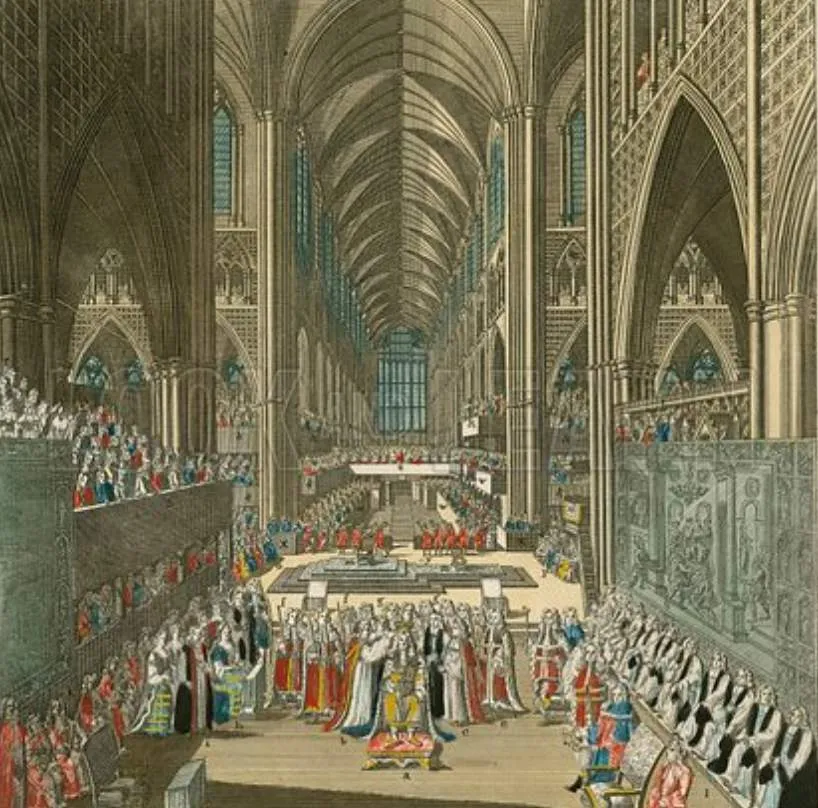
James II’s Coronation, 1685
For centuries, the King’s Champion would ride in full armor and throw down his gauntlet three times on behalf of the Monarch but at the coronation of James II in 1685, the Champion reportedly threw down his gauntlet with such enthusiasm his body fell to the floor. As he lay on his back in heavy armor - struggling like a beetle having difficulty getting up - the King burst out laughing.
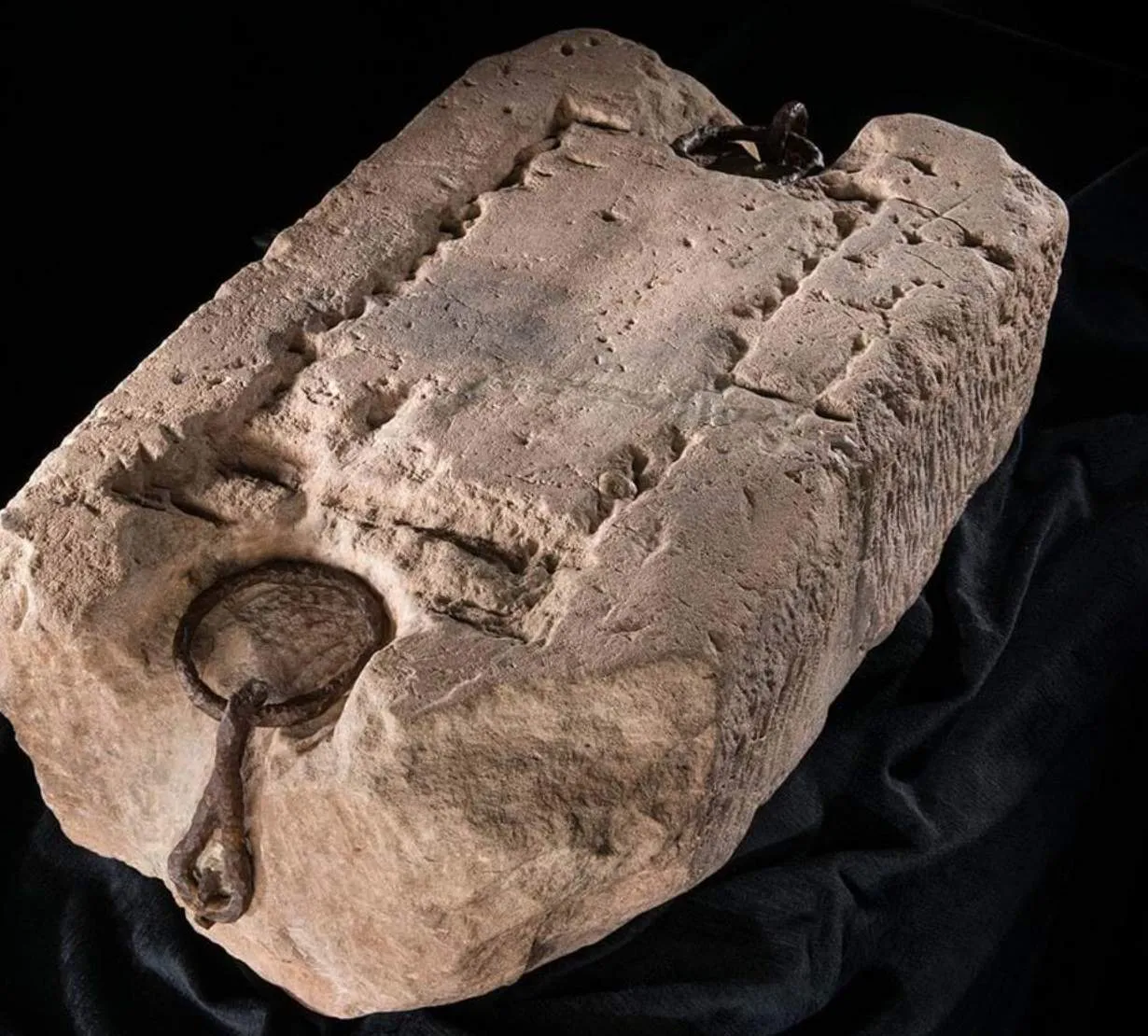
King Edward I and the Stone of Destiny
In 1296, King Edward I of England seized the Stone of Destiny from the Scots - a sacred object and symbol of Scotland’s monarchy. It seems Edward had it built into a new throne at Westminster after his Coronation so the royal bottom could ‘sit on the Scots’. From then on, the Stone of Destiny was used in the Coronation ceremonies of the monarchs of England and then Great Britain. In 1996, however, the stone was officially returned to Edinburgh Castle, Scotland where it is displayed in the Crown Room, visited by millions each year. The stone now only leaves Scotland for a Coronation in Westminster Abbey.
"The brand new social experience where you activate your gaming skills as you train like a spy."
- TimeOut
Take on thrilling, high-energy espionage challenges across different game zones.


Coronation of George V and Mary, 1911
The Coronation of Mary and George V appeared to be heading for disaster when the 15th Duke of Norfolk, Henry Fitzalan-Howard, reasserted his ancient right to organize the state event - despite disliking ceremonies and having little talent as an organizer. After delicate negotiations, a compromise was reached at the insistence of Prime Minister H. H. Asquith. The Duke of Norfolk would chair the Coronation Executive Committee, but the detailed work would be done by pros at the Office of Works. A much relieved King George described Norfolk as "a charming, honorable, straightforward little gentleman, the finest in the world. But as a man of business, he is absolutely impossible."
Queen Elizabeth II, 1953
Queen Elizabeth II held the first-ever televised Coronation, a three-hour-long spectacle that drew 300m viewers and went off without a hitch - almost. The Queen herself made a (minor) mistake as the 25-year-old did not curtsey with her Maids of Honor at the north pillar of the Abbey. Luckily, only the Archbishop of Canterbury noticed and wrote in his diary: "The Maids of Honour regretted it because they had taken much time to get it just right." What viewers also didn’t see was the Hereditary Grand Falconer who’d been told he could not attend with a live falcon on his arm (his hereditary right). After Palace officials suggested he wear a stuffed bird, the offended Grand Falconer had a royal strop and boycotted the Coronation altogether.
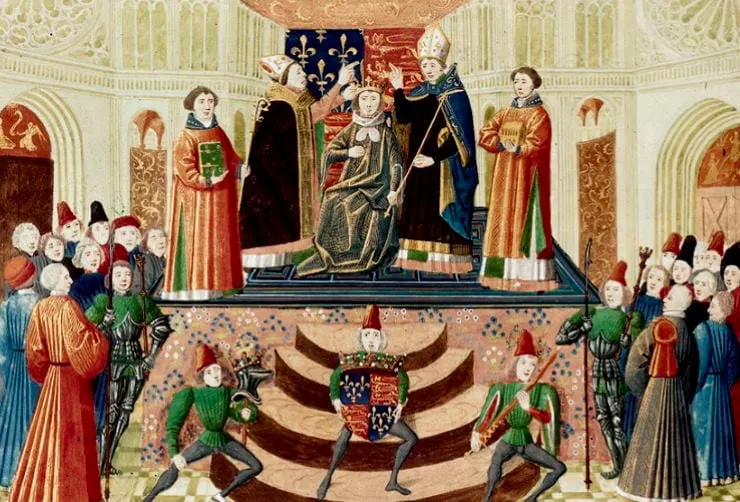
Henry IV, crowned King of England in 1399
Henry IV’s Coronation followed the tumultuous reign of King Richard II (his cousin) who Henry had imprisoned in a bloodless coup. It was a bold move but karma can be a killer. Henry’s Coronation suffered a mishap when he dropped the gold coin that he was supposed to ceremoniously offer to God. The coin rolled off never to be seen again, an ill omen of the rebellions that would ruin Henry’s reign. They continued throughout the first decade, including the Welsh revolt of Owain Glyndŵr who declared himself Prince of Wales in 1400.

Queen Victoria's Coronation, 1838
Queen Victoria’s journal recalls her pride at the occasion but also a a mishap involving her ring. “The Archbishop had (most awkwardly) put the ring on the wrong finger, and the consequence was that I had the greatest difficulty to take it off again, which I at last did with great pain. At about half-past four I re-entered my carriage, the Crown on my head, and the Sceptre and Orb in my hands, and we proceeded the same way as we came - the crowds, if possible, having increased. The enthusiasm, affection, and loyalty were really touching, and I shall remember this day as the Proudest of my life!”

Queen Anne’s Coronation, 1702
Poor Queen Anne. Suffering from a serious bout of gout and weighed under by the Crown Jewels, Anne had to be carried up the aisle at her Coronation. She was 37 and wasn’t even able to walk the traditional processional route - about 400 feet - from Westminster Hall to Westminster Abbey, so she had a specially designed sedan chair made to transport her. It seemed Anne wasn't overly concerned with her weight though. When she died at the age of 49 in 1714, her large coffin was described by onlookers as 'square'.
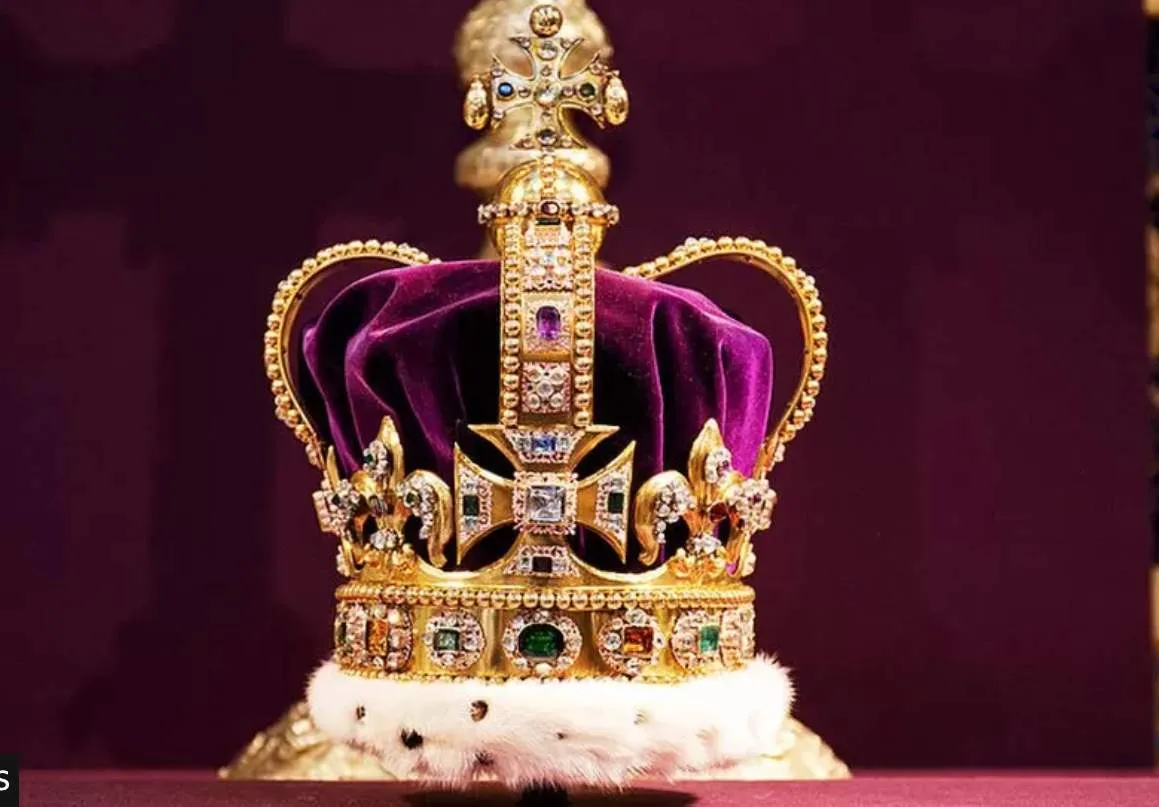
It would seem Coronation days are not always perfect, but at least these Kings and Queens fared better than their predecessors. Edward VIII abdicated and departed even before setting a Coronation date while Edward V, the 13-year-old who was King for barely two months, was imprisoned and presumed murdered in the Tower of London.
SPYSCAPE+

Join now to get True Spies episodes early and ad-free every week, plus subscriber-only Debriefs and Q&As to bring you closer to your favorite spies and stories from the show. You’ll also get our exclusive series The Razumov Files and The Great James Bond Car Robbery!


Gadgets & Gifts
Explore a world of secrets together. Navigate through interactive exhibits and missions to discover your spy roles.
Your Spy Skills
We all have valuable spy skills - your mission is to discover yours. See if you have what it takes to be a secret agent, with our authentic spy skills evaluation* developed by a former Head of Training at British Intelligence. It's FREE so share & compare with friends now!
* Find more information about the scientific methods behind the evaluation here.


Stay Connected
Follow us for the latest
TIKTOK
INSTAGRAM
X
FACEBOOK
YOUTUBE